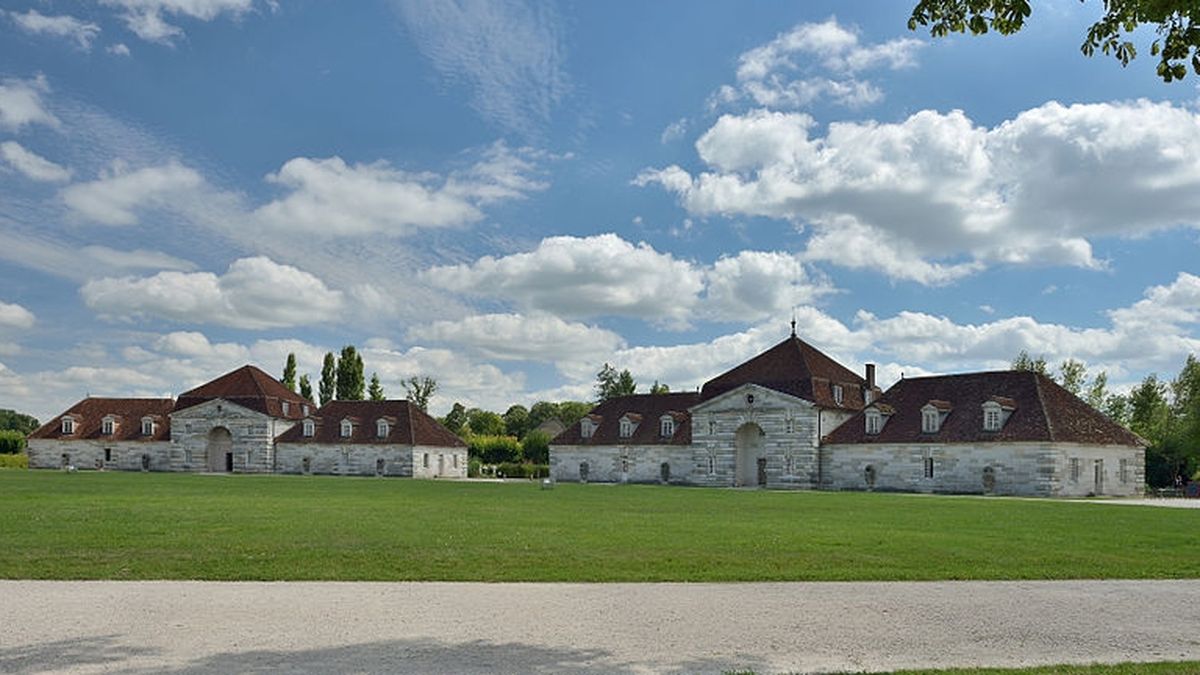 The saltpans | ©Wolfgang Moroder / CC-BY-SA
The saltpans | ©Wolfgang Moroder / CC-BY-SASalt was taxed since the 14th century: it was called gabelle. Kings immediately knew they could derive some benefit from salt, this vital commodity...
In the area, they produced salt in Salins and Lons-le-Saunier. A production that needed woods, in order to feed boilers evaporating the salt water: they always had to go further to seek wood... But... it was a very unuseful situation! So king Louis XV ordered in 1773 to create a new saltpan in Arc-and-Senans...
Claude-Nicolas Ledoux, saltpans general's inspector, designed new buildings plans. He wanted to create a real city in the city! A kind of ideal circular town, with houses, a church, public baths gathered around the Director's big house... So, housing estate, relaxation places and factories were gathered at the same place. A great innovation, at that time!
But this is purely theoretical... In practice, only half of Ledoux plans was completed. Salt production was in the beginning very satisfying, but soon it became mediocre, because pipes which brought water from Salins were worn. Finally, the Royal saltpan closed at the end of the 19th century...
